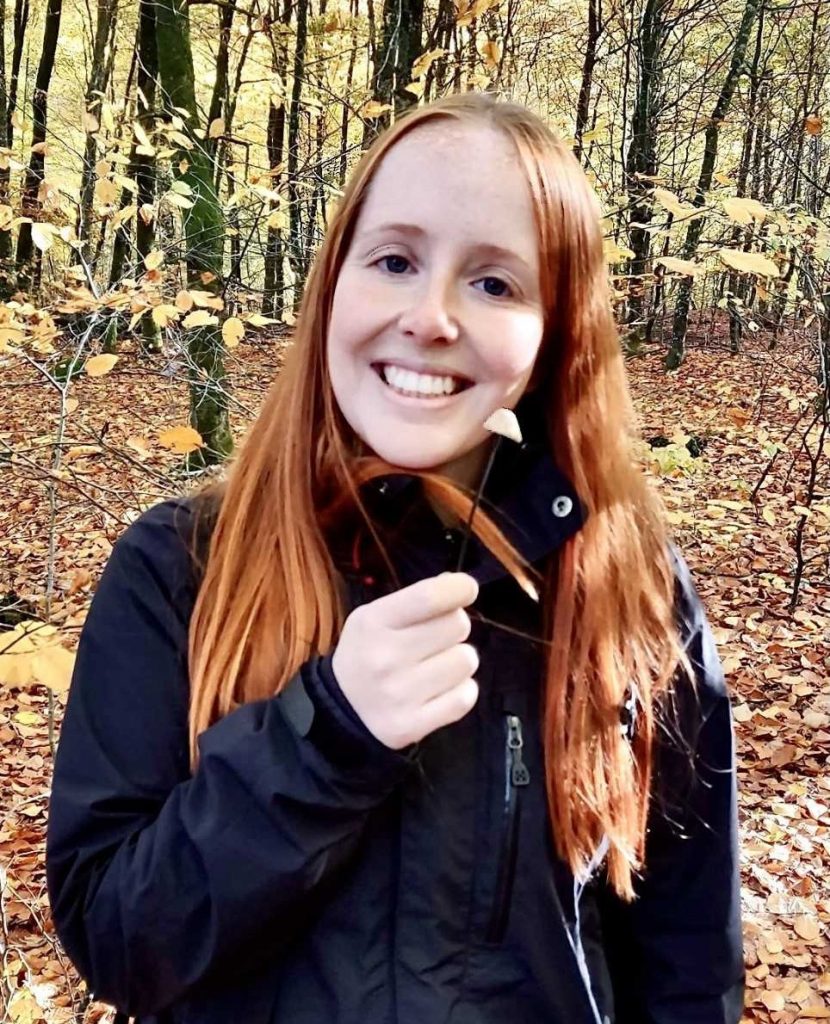Associated Projects
Testing the link between plant diversity and the microbial resistance and resilience to drought
Principle investigator (PI): Johannes Rousk
PhD student: Sara Winterfeldt


This project aims to link plant diversity to microbial resistance and resilience to drought. Microbial communities can cope with drought in two ways, either they can be better at maintaining their activity at lower moisture levels i.e., via drought resistance, or they can recover faster after drying and rewetting events i.e., via drought resilience. In this project we will assess microbial resistance and resilience by resolving between bacterial growth, fungal growth and respiration during a gradual reduction of moisture to air-dry, and after rewetting dry soil to optimal moisture. The microbial C budget will be estimated by the amount of microbial growth to the total metabolism i.e., C-use efficiency (CUE). In this project we will also to investigate the interaction between different soil depths (0-10, 10-20 and 20-30cm) and plant diversity to the microbial resistance and resilience. We hypothesize that microbial resistance and resilience to drought both are enhanced by a higher plant diversity and functional diversity, since a higher plant diversity supports a more active rhizosphere that can supply microbes with resources to cope with drought. We also hypothesize that a higher plant diversity will increase the resistance and resilience at deeper soil depths, as higher root densities at depth are expected in more diverse treatments. Finally, we hypothesize that the microbial CUE during drought, and rewetting after drought, will be elevated at higher plant diversity. In addition, we will also test if differences in resistance and resilience observed can be explained by differences in microbial diversity (amplicon sequencing of 16S and ITS), or shifts in microbial diversity following the rewetting of dry soil. We will test the effect of long-term differences in plant diversity using the main experiment plots.
Drivers of Ecosystem Services in Heterogeneous Landscapes (ECOSERV)
Principle investigators (PIs): Jean Paul Metzger, Prof. W. Weisser and Dr. Sebastian T. Meyer
PhD student: Laura Argens

The ECOSERV project researches the impact of different drivers on the provision of ecosystem services in grasslands. An ecological synthesis should clarify the wide variety of responses considering how land use/ land cover, biodiversity or climate affect ecosystem service provisioning. Researchers proposed to use data from the Jena Experiment for studying long-term effects on the relationships between Ecosystem functions. As a first project, the variability of trade-offs between Ecosystem Functions depending on the number of data points included in the analysis based on the measurements done in Jena will be evaluated.
Associated project with Aaron Fox

Optimal management of grasslands is a key strategy towards their agronomic and environmental sustainability, helping to meet an ever-increasing demand for food. Central to achieving this is a greater insight into the functional relationship between the plant and the plethora of microorganisms that are associated with its roots: the microbiome. A critical knowledge gap is the consequence of varying plant and microbial diversity on the soil nutrient turnover of two macronutrients: nitrogen (N) and phosphorus (P), both essential for plant growth. I will take a two-step approach to addressing this question. Firstly, I will investigate how altering plant diversity (i.e., monocultures vs high diversity swards, as well as the presence/absence/proportion of N-fixing legumes) influences how the microbiome breaks-down complex nutrient forms of N and P for plants to assimilate. To answer this question, I will do metagenomic analysis on samples from the renowned Jena biodiversity experiment, as well as establish mesocosm systems in which I vary the proportion of legumes in non-legume/legume mixtures. In the second step, I will view the question from the opposite direction. Here I will study the differences in how high vs. low soil microbial diversity make N and P plant-available and how such distinctions impact the growth performance of a plant and its consequential response to environmental stress, using diversity manipulation experiments on the soil microbiome. The findings of this project will emphasize to farmers the importance of maintaining above- and belowground biodiversity for the sustainability of grassland production systems. The project has received funding from the RL2025 fellowship scheme, co-funded by Teagasc (the Irish agricultural research authority) and the Marie Skłodowska-Curie scheme of the EU.
Root Economics space: Understanding soil biodiversity: using the new functional framework for root traits (RESfun)
PIs: Prof. Dr. Alexandra Weigelt, Leipzig; Prof. Dr. Liesje Mommer, Wageningen; Dr. Joana Bergmann, Potsdam, Prof. Dr. Nico Eisenhauer, Leipzig; Dr. Carlos Guerra, Leipzig; Dr. Anna Heintz-Buschart, Amsterdam; Dr. Markus Lange, Jena
PhD student: Justus Hennecke, Leipzig

Recently, a new functional framework to explain root trait variation across the globe has been proposed. This Root Economics Space (RES) framework has an explicit link to mycorrhizal fungi, so it may provide a comprehensive framework to link plant functional diversity to soil biodiversity and thereby offering a new perspective to understanding the diversity of soil microorganisms in grasslands. The RESfun project will test this link explicitly for soil-borne fungi as a proof-of-principle. We hypothesize that the abundance and composition of specific fungal guilds is correlated to the two axes of the RES: saprotrophic fungi are correlated to conservation traits, whereas mutualistic and pathogenic fungi are correlated to collaboration traits. Ultimately, we expect that root trait dissimilarity within the root economics space should provide a high diversity of food sources and interaction niches for all soil organisms and thus favour soil biodiversity in general.
Detection and attribution of changes in soil moisture and temperature as affected by plant diversity and climate
PI: Prof. Joachim Denzler, Jena
Co-PI: Prof. Nico Eisenhauer, Leipzig; Dr. Maha Shadaydeh , Jena ; Dr. Anne Ebeling , Jena; Dr. Yuanyuan Huang, Leipzig
PhD student: Gideon Stein

This project focuses on soil-plant-climate systems, and specifically the impact of plant diversity on such systems. The hypothesis that is to be tested in this context is whether plant diversity can buffer the effects of climate extremes and promote long-term microbial functioning by stabilizing micro-climate. To test this hypothesis, a strong focus will lie on discovering cause-effect relationships in the named system. An unprecedently detailed long-term dataset on climate, plant community properties, soil microclimatic conditions, soil microbial biomass, and respiration, which was collected over many years at the Jena experiment site, will be utilized to investigate and discover these causal relationships exhaustively. This research is highly interdisciplinary, leveraging different Machine Learning methods such as time-series analysis, causal inference methods, and anomaly detection to find precise answers to posed questions.
Metabolite Changes in Biodiversity Levels and Seasonal Shifts (MacBeSSt)
PIs: Dr. Steffen Neuman, Halle; Dierk Scheel, Prof. Dr. Helge Bruelheide, Halle; Kristian Peters; Prof. Nicole van Dam, Jena
PhD student: Susanne Marr
The MacBeSSt project focuses on combining different experimental and
analytical methods to investigate metabolomic changes within and between
plant species grown in the Jena Experiment.
Liquid Chromatography, coupled with Mass Spectrometry, along with
automated processing methods, are used as analytical tools for
‘metabolite fingerprint’ investigations in herb and grass species that
grew in different plant communities and biodiversity levels. The
vegetative aboveground biomass was sampled at four time-points across
the growing season May to October.
By determining biochemical patterns and trait relationships between
plant species, species communities and the environment, this project
aims to build a bridge between the research areas ecology, biochemistry
and bioinformatics.
